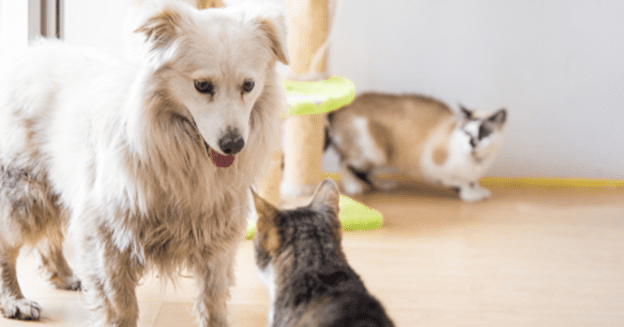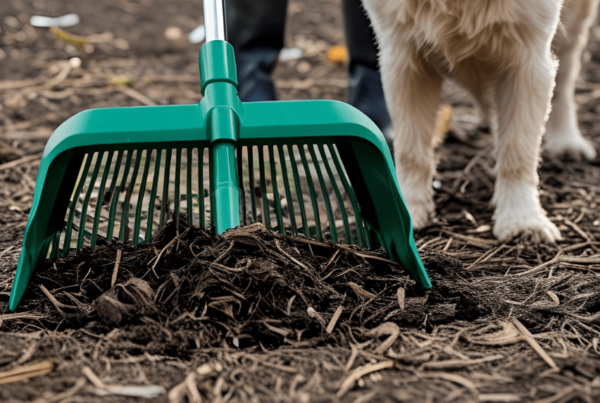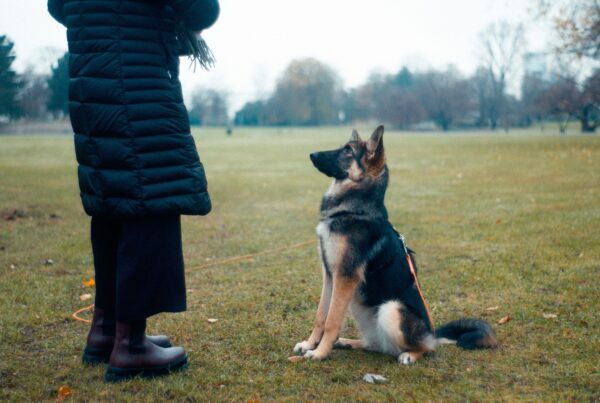Introducing a new dog to your cat can be a delicate process that requires patience and understanding. For many households, these furry companions are part of the family, and ensuring a harmonious relationship between them is crucial. Here are some best practices to make the introduction smooth and stress-free for both your dog and cat.
This article is courtesy of Doo Doo Squad in Sacramento, CA
Take it Slow
One of the most important aspects of introducing a new dog to a cat is to take things slow. Animals are creatures of habit, and abrupt changes can be stressful for them. Start by allowing your cat to familiarize itself with the scent of the new dog. Swap their bedding or place an item with the dog’s scent in an area your cat frequents.
Separate Spaces
Before any face-to-face interactions, ensure that both your cat and dog have their own separate spaces. This will give them a sense of security and a safe retreat if needed. Cats oIen need vertical spaces, so provide perches or shelves where your cat can observe the dog from a safe distance.
Controlled Introduction
When the time comes for the first meeting, keep it controlled. Use a leash for the dog and allow the cat to approach at its own pace. Avoid any sudden movements or loud noises that could startle either pet. Monitor their body language closely – if they show signs of stress, separate them and try again later.
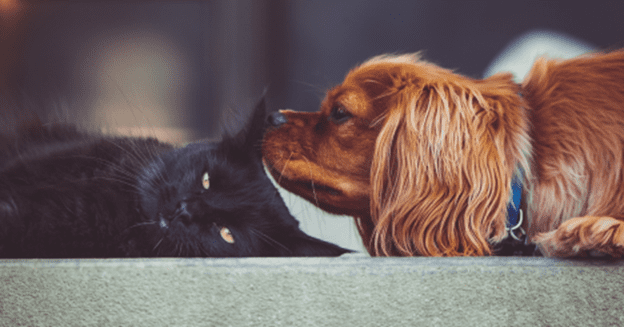
Image Credit: StockSnap from pixabay
Positive Reinforcement
Associate the presence of the new dog with positive experiences for your cat. Offer treats and praise when the dog is around, creating positive associations. Similarly, reward the dog for calm behavior around the cat. This will help them associate each other with positive experiences.
Create Positive Associations
To build positive associations, feed both pets in proximity but separate bowls. Gradually decrease the distance between their feeding areas over time. This can create a positive environment around mealtime, reinforcing the idea that the presence of the other is a good thing.
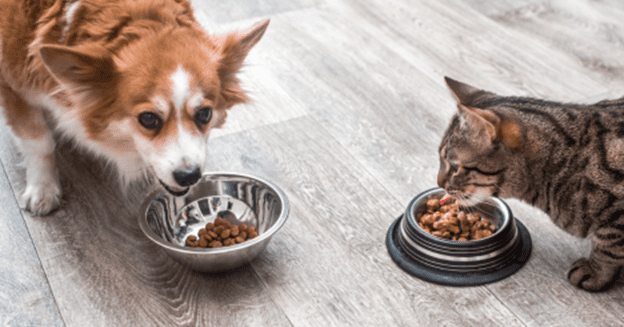
Image Credit: Изображения пользователя anastas
Respect Individual Boundaries
Just like humans, pets have their own boundaries. Some cats may be more social and accepting, while others may need more time to adjust. Respect their individual comfort levels and don’t force interactions. Allow them to set the pace for their relationship.
Provide Safe Zones
Ensure that your cat has access to safe zones where it can retreat if it feels overwhelmed. This could be a separate room with a cozy bed, scratching post, and liVer box. Having these safe zones helps your cat feel secure and in control.
Observe Body Language
Pay close attention to the body language of both your dog and cat. Signs of stress or aggression, such as hissing, growling, or raised hackles, should be taken seriously. If tensions arise, separate the pets and consult with a professional animal behaviorist for guidance.
Gradual Unsupervised Time
Once your dog and cat have successfully interacted under supervision without any signs of stress, gradually increase their time together without direct supervision. However, always be ready to step in if needed, especially during the initial phases of their relationship.
Be Patient and Consistent
Building a positive relationship between a new dog and an existing cat takes time. Be patient and consistent in your approach. Celebrate small victories and don’t be discouraged by setbacks. With time, many dogs and cats can learn to coexist peacefully and even develop strong bonds.
Remember, every pet is unique, and there’s no one-size-fits-all approach. Tailor these best practices to the specific personalities and needs of your dog and cat. With love, patience, and a careful approach, you can foster a harmonious relationship between your canine and feline friends.

